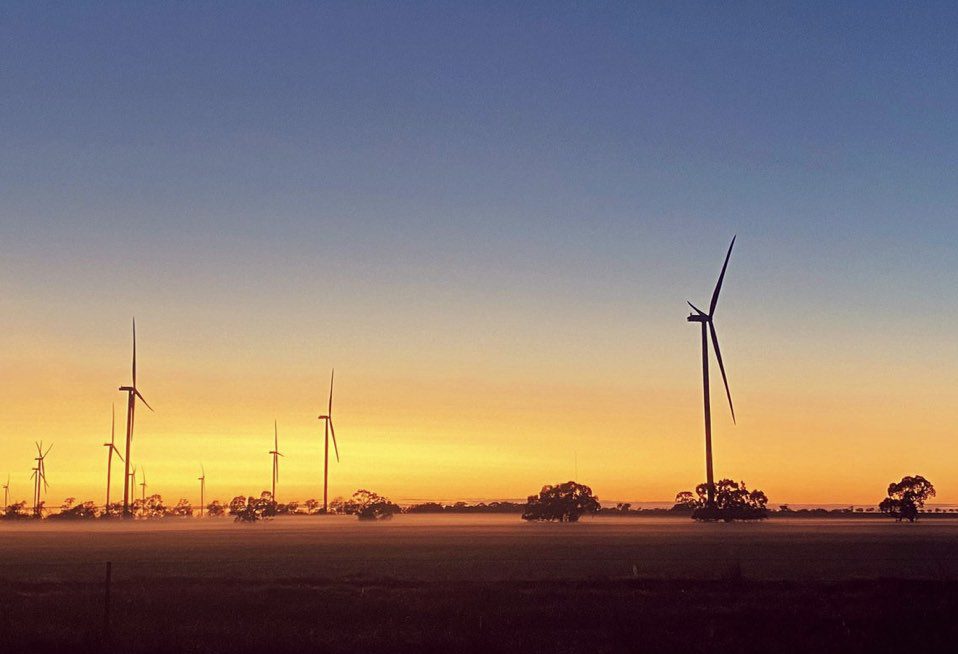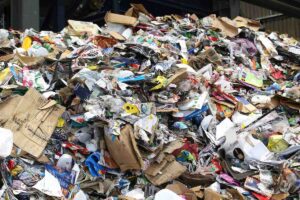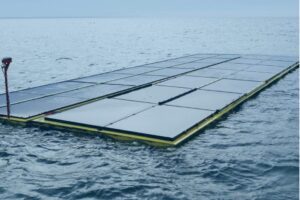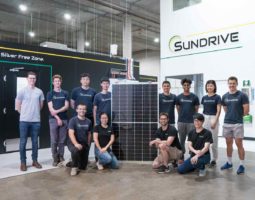CSIRO recently released a report entitled “Renewable Energy Storage Roadmap”. The document correctly identifies that solar and wind will soon dominate electricity generation, and that most sectors will be electrified (greatly increasing electricity demand) by 2050.
The report makes the obvious point that much more storage will be needed. In the executive summary CSIRO nominates batteries, pumped hydro, in-factory thermal storage, and storage of chemicals, as leading methods of storage. All of this is mainstream. It then veers off course.
The central role of transmission in discussion of storage is overlooked. High voltage DC transmission is not mentioned. Strong interstate transmission hugely reduces storage requirements by smoothing out local weather and demand. HVDC can strongly connect regions that are thousands of km apart. A wet windless week in Victoria can be balanced by power from windy and sunny locations in Tasmania or Townsville or even Perth.
The report claims that pumped hydro faces geographical constraints, which is plain wrong. There are about 4,000 greenfield pumped hydro sites and 1500 bluefield sites with combined storage potential of about 200 terawatt-hours, which is hundreds of times more storage than Australia will ever need. The claimed “large footprint” is also wrong – land requirements are about 10 hectares per Gigawatt-hour (GWh) (E=mgh).
Pumped hydro comprises about 95% of global storage for the electricity industry. Australia has about 15 Gigawatts (GW) of pumped hydro storage with combined storage volume of about 700 GWh in operation, under construction or announced by Government. None include new dams on significant rivers.
The report claims that lithium-ion batteries face supply chain risks. Well, maybe. But there are many possible battery chemistries that allow supply bottlenecks to be bypassed. Several will become widely available over the next decade.
The storage cost comparison shown in section 3.2 has little value. Among other shortcomings, it compares highly mature technology like pumped hydro with very immature storage like solar thermal coupled with molten salt, and compressed air in caverns.
There is about 1400 GW of hydro (including pumped hydro) and 1100 GW of solar PV in the world, compared with only 7 GW of solar thermal. Magical growth rates off a very small base are required for solar thermal to catch rapidly growing solar PV (coupled with pumped hydro, batteries and thermal stores) by 2050.
The report claims that “challenges are due, in part, to the limited set of commercially mature (‘bankable’) storage options and their inherent constraints based on end-use applications”. This is an unduly pessimistic view of what is actually a rosy storage outlook for most energy sectors.
The report wrongly gives the impression that storage is somehow difficult. In fact, existing technology (transmission, pumped hydro, batteries, thermal storage, storage of chemicals and demand management) is off the shelf.
Storage is a solved problem. Affordable solutions already exist for most applications. Of course, further R&D will further improve cost and efficacy.
Professor Andrew Blakers is a solar and storage expert at the Australian National University










